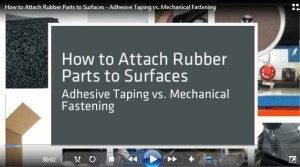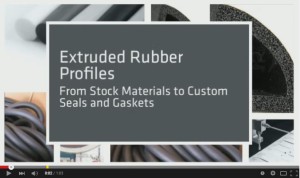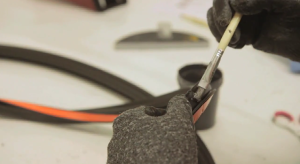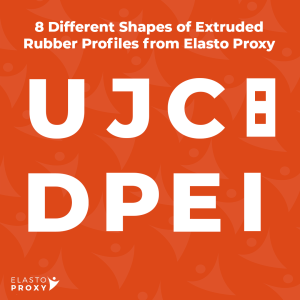Adhesive Taping vs. Mechanical Fastening

Learn how adhesive taping attaches rubber parts to plastic, metal, and glass surfaces – and why taped gaskets provide a strong, reliable alternative to mechanical fasteners such as bolts and screws. Then, download the Make It or Buy It? E-Book.
Rubber parts such as door seals, edge trim, and weather stripping can be attached to plastic, metal, or glass surfaces. Mechanical fasteners like screws and bolts are strong and reliable, but installation is time-consuming. The use of adhesive tapes can speed assembly, but taping also offers other important advantages. By understanding these benefits, and how high-strength adhesive tapes compare to mechanical fasteners, you can choose the best attachment method for your rubber parts. If taping is right for your sealing or insulation application, you can then decide which type of taping you need. (more…)


 Learn about hot splicing for rubber gaskets, and how vulcanization creates O-rings, door gaskets, window gaskets, and other spliced seals.
Learn about hot splicing for rubber gaskets, and how vulcanization creates O-rings, door gaskets, window gaskets, and other spliced seals.





